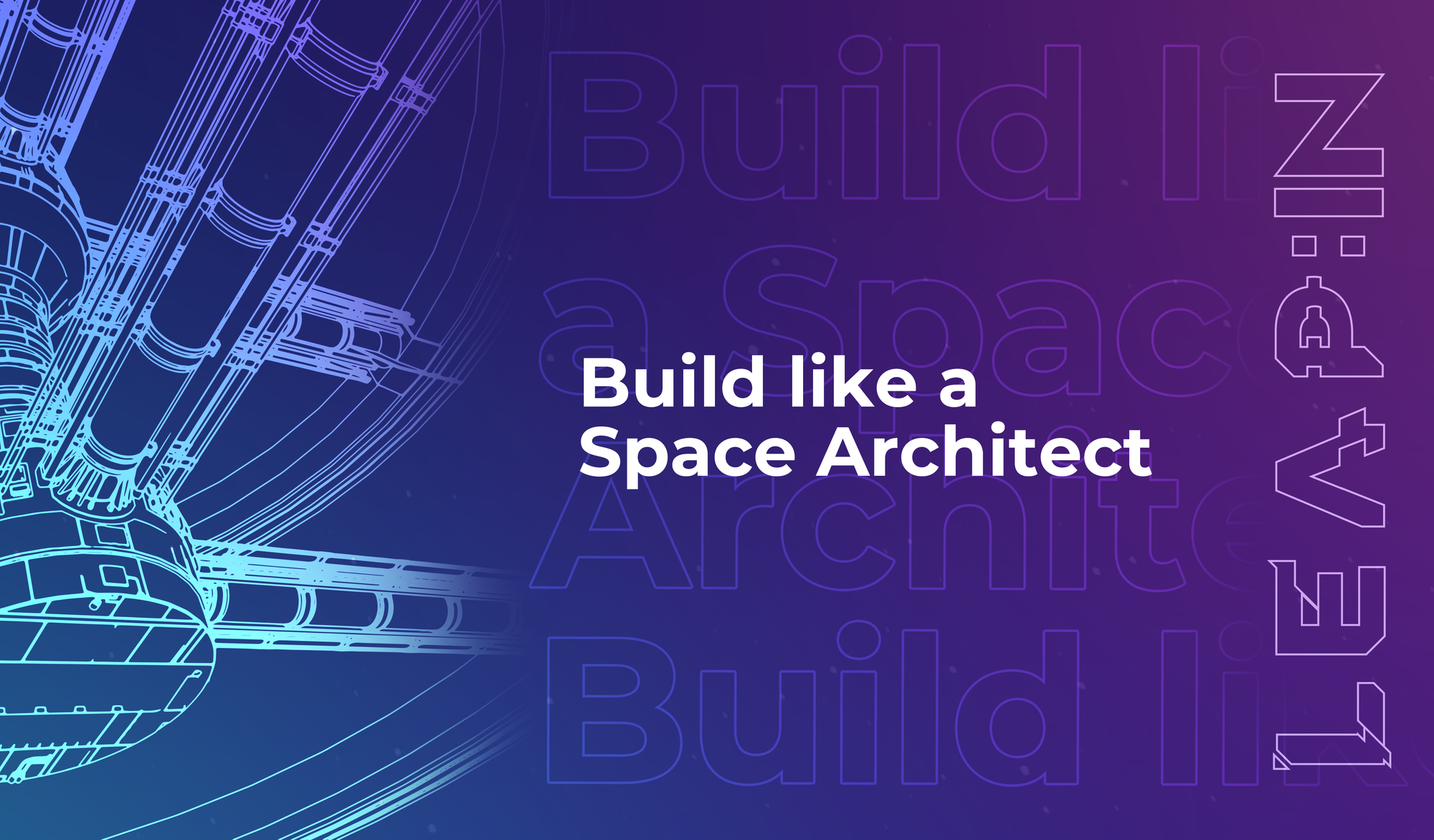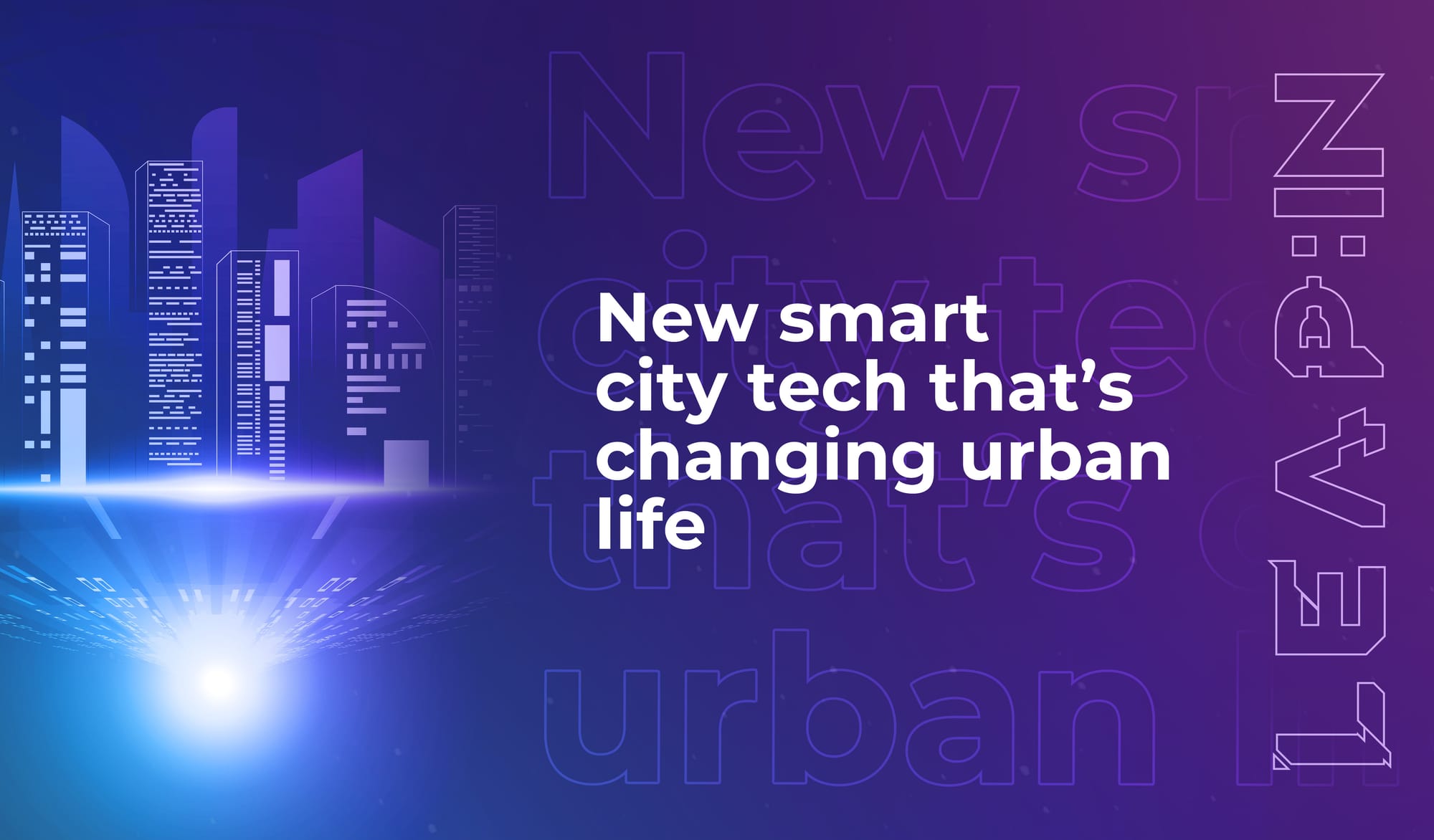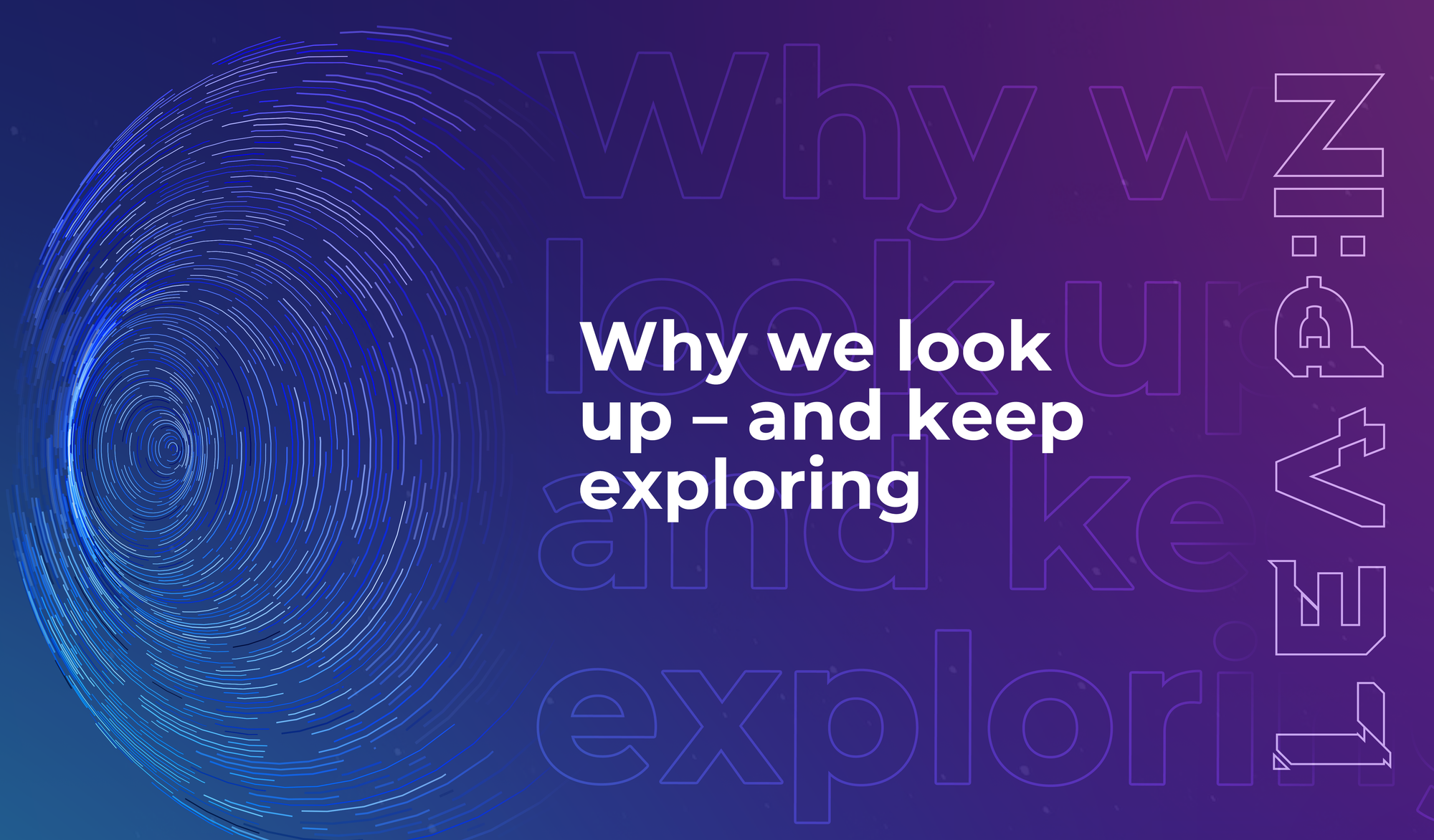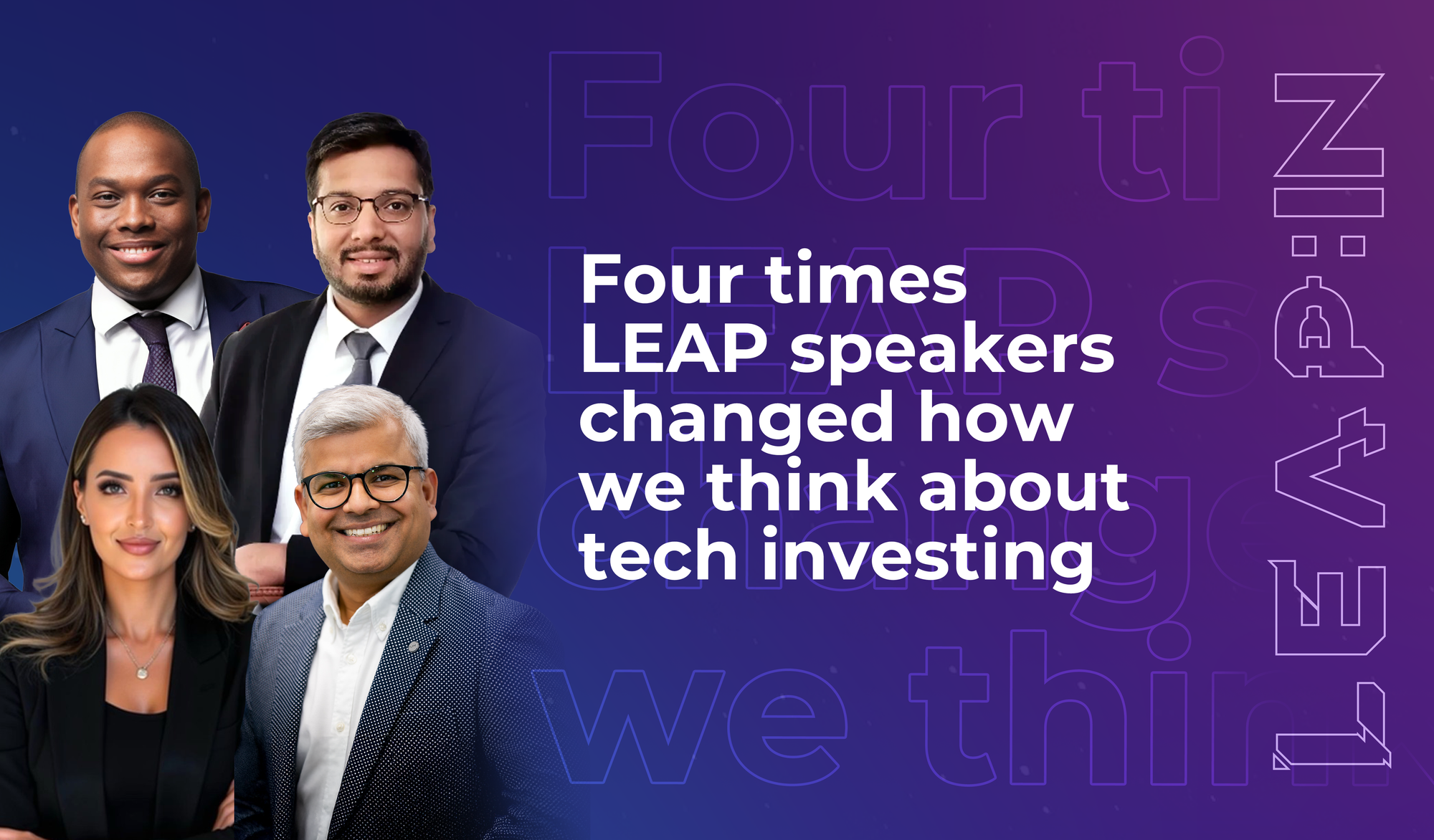
Build like a Space Architect
5 principles from LEAP’s space speakers that can help us make better tech on


Welcome to the 37 new techies who have joined us.
If you haven’t already, subscribe and join our community in receiving weekly tech insights, updates, and interviews with industry experts straight to your inbox.
Be inspired by insights from the global LEAP community – in your inbox every week.
“...it's critical to promote collaboration. We should push for co-creating solutions to address the city’s challenges and tap into collective wisdom by involving a variety of viewpoints, ensuring that these collaboration efforts are being sustained.”
The concept of smart cities has evolved from futuristic visions to tangible realities. As we move through 2025, urban centres worldwide are embracing technology to enhance sustainability, mobility, and quality of life.
On the blog this week we’ve focused on sustainability and smart city readiness, with a focus on what really matters to humans. But we also love exploring the latest, awe-inspiring tech that’s rolling out in smart cities around the world – tech that’s developed as a direct response to those people-focused conversations.
So we’re taking a quick look at some of the most innovative developments shaping cities today.
Dubai is at the forefront of integrating autonomous transportation. The city has introduced self-driving taxis and electric autonomous buses as part of its sustainable mobility strategy.
These initiatives aim to reduce traffic congestion and lower carbon emissions, aligning with Dubai's goal to become the ‘happiest city on Earth’ through AI-enhanced urban services.
The city is also developing a model for eco-friendly urban living, with The Sustainable City in Dubai's Dubailand district. Spanning 46 hectares, it features net-zero energy homes, advanced water recycling systems, and a car-free residential layout to promote walking and cycling. Residents benefit from green transportation options, urban farming, and a community-focused lifestyle.
Zurich is leveraging digital twin technology to enhance urban planning and public safety. By creating 3D simulations of the city, planners can test infrastructure changes, assess environmental impacts, and optimise traffic flow. AI tools are also assisting in predicting crime hotspots and managing crowd control during events.
Over in Tampa Bay, on Florida’s Gulf Coast, the Regional Planning Council is using augmented reality (AR) to visualise climate-resilient infrastructure projects. Through AR, residents can view 3D models of flood-resistant structures, enhancing public engagement and understanding of urban development plans.
Nagpur is pioneering the use of flash-charging electric buses, allowing rapid recharging during scheduled stops. It’s an innovation that reduces downtime and enhances the efficiency of public transport, contributing to a cleaner urban environment.
Elsewhere in India, Chandigarh has achieved major milestones in renewable energy adoption. The city has installed over 6,600 rooftop solar panels, generating 117 million solar units annually and meeting about 7% of its electricity demand. On top of that, Chandigarh leads India in electric vehicle adoption, with a penetration rate of 15.20% in 2024.
Nestled at the base of Mount Fuji, Toyota's Woven City is a living laboratory for future urban settings. The city integrates autonomous vehicles, AI-powered homes, and hydrogen energy systems to create a sustainable and connected community. The first 100 residents are set to move in later this year, with plans to expand to 2,000 inhabitants. We’ll be watching closely to see what happens here – expect a future newsletter specifically about it.
Egypt is developing a New Administrative Capital, 45 km east of Cairo, designed as a smart city with over 6,000 surveillance cameras, AI monitoring of utilities, and mobile app-based resident services. The city aims to alleviate congestion in Cairo and provide modern infrastructure for its growing population.
Way back at LEAP 2022, Joseph Bradley (CEO at NEOM Tech & Digital Company) said:
“Cities are built today around assets. They were built around buildings, around roads, around cars. And what we’re really seeing is the true cities of the future, the cognitive cities…that model has to be turned on its head. It’s got to be built around you, citizens. You, as a human; as a person. And that by definition requires us to have a completely new architecture that’s built around sharing information and frictionless flows so that we can ultimately create the experiences we desire.”
That’s what we’re seeing in the new smart cities and experimental urban infrastructure projects that are being built from scratch. Urban environments created around people, not assets.
And in the older cities, the ones most of us live or work in, smart tech is making a difference. They might never be as intuitively designed or as sustainable as the pioneering new smart city developments – but tech is making it easier for us to live well in urban spaces.
Have an idea for a topic you'd like us to cover? We're eager to hear it. Drop us a message and share your thoughts.
Catch you next week,
The LEAP Team

5 principles from LEAP’s space speakers that can help us make better tech on


Four investors, four insights, and one evolving view of what tech investing really

5 principles from LEAP’s space speakers that can help us make better tech on


Four investors, four insights, and one evolving view of what tech investing really